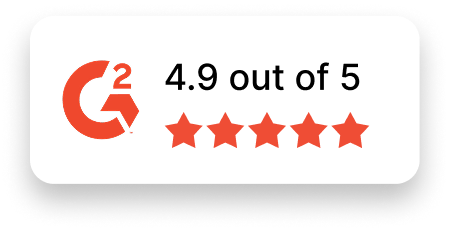Voice Recognition Engineer Job Description Template
Use this template to craft job descriptions for hiring Voice Recognition Engineers at various levels. Adapt it to meet the unique needs of your organization.
Job Title: Voice Recognition Engineer
Location: [Specify Location or Remote]
Job Type: [Full-time/Contract/Remote]
About the Role
We are seeking a skilled Voice Recognition Engineer to design, develop, and implement advanced speech recognition systems. You will play a key role in creating accurate and efficient voice-driven technologies to enhance user experiences. This role involves training and fine-tuning models, integrating them into software solutions, and collaborating with cross-functional teams to bring innovative, voice-enabled features to life.
If you are passionate about cutting-edge speech recognition technology and enjoy tackling complex challenges, this role is perfect for you.
Responsibilities
- Develop and implement voice recognition algorithms and models to enhance performance and accuracy.
- Train and fine-tune speech recognition models using large datasets and advanced machine learning techniques.
- Integrate voice recognition solutions seamlessly into software applications and systems.
- Collaborate with product managers, developers, and data scientists to design and build voice-enabled features.
- Test and validate voice recognition systems to ensure reliability, efficiency, and user satisfaction.
- Monitor system performance, troubleshoot issues, and implement improvements as needed.
- Stay updated with the latest advancements in voice recognition technology, machine learning, and industry trends.
Required Skills & Experience
- Bachelor’s degree in Computer Science, Linguistics, Electrical Engineering, or a related field (advanced degrees preferred).
- Hands-on experience with voice recognition technologies and natural language processing systems.
- Proficiency in programming languages such as Python or C++, with experience in developing voice-driven solutions.
- Deep understanding of speech recognition algorithms, machine learning principles, and data processing workflows.
- Knowledge of speech recognition frameworks and tools (e.g., Kaldi, TensorFlow, PyTorch).
- Strong analytical and problem-solving skills, with high attention to detail.
- Excellent communication and teamwork abilities to collaborate effectively across diverse teams.
Why Join Us?
- Innovative Projects: Work on leading-edge voice recognition technologies shaping the future of human-computer interaction.
- Career Growth: Accelerate your career with opportunities for personal and professional development.
- Flexible Work Options: Enjoy remote, hybrid, or in-office working arrangements to suit your lifestyle.
- Team Spirit: Join a collaborative, inclusive, and passionate team committed to innovation and success.
- Inclusive Environment: Be part of an organization that celebrates diversity and fosters an environment where everyone feels respected and empowered.
Apply Now
Are you ready to elevate voice recognition technology to the next level? Join [Your Company Name] as a Voice Recognition Engineer and contribute to shaping intuitive, voice-driven solutions for the future. Submit your application today!

